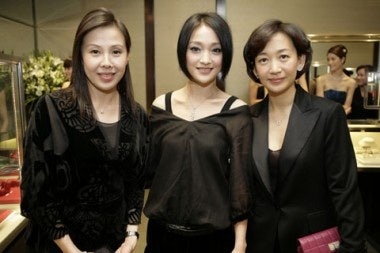Pao Principle Study Shows That Luxury Market Has Less To Fear In The Next Year Than Expected#

With luxury retailers looking for any good news in a still-tough market, studies by several organizations in recent months have shown that things are a little less ghastly than expected, particularly in Asian and other emerging markets. The newest of these studies, carried out by business consulting firm Pao Principle, indicates that recent spending trends in mainland China should please luxury handbag, watch, and jewelry producers.
From Travel Agent Central:
According to...Pao Principle, almost 90 percent of individuals surveyed had bought a designer handbag in the past 12 months. Unsurprisingly, men accounted for luxury watch purchases at a ratio of almost two to one over women.
Out of those surveyed who had purchased fine jewelry, Tiffany was king, with almost a third of Mainland Chinese who had purchased fine jewelry in the past 12 month turning to the store for their wares. Necklaces were the accessories of choice, with “white gold” reigning supreme in overall jewelry purchases.